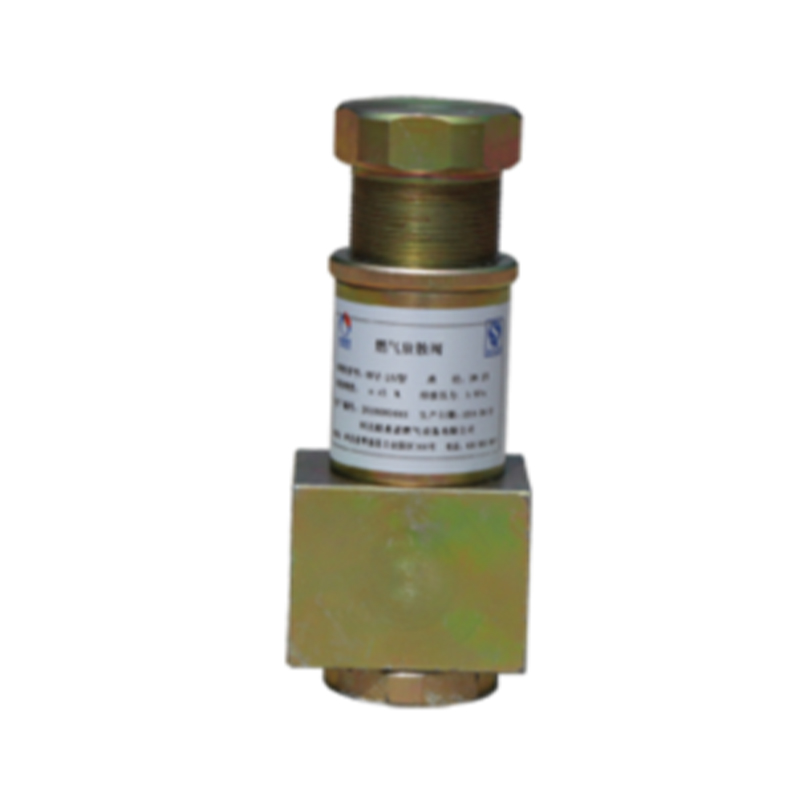
Dec . 20, 2024 12:56
Back to list
gas pressure reducing station
Gas Pressure Reducing Stations An Essential Component for Safe and Efficient Gas Distribution
Gas Pressure Reducing Stations (GPRS) play a crucial role in the distribution of natural gas, ensuring that the gas delivered to consumers and industries is at the right pressure for safe and effective use. As the demand for natural gas increases globally, the importance of well-designed and properly maintained pressure reducing stations has never been more significant. This article explores the function, components, and safety considerations associated with gas pressure reducing stations.
At its core, a gas pressure reducing station is designed to decrease the pressure of natural gas from high-pressure pipelines to a lower, usable pressure for residential and commercial customers. High-pressure gas pipelines transport gas over long distances; however, this pressurized gas must be safely managed as it enters urban areas. The GPRS is strategically located at various points in the gas distribution network to regulate the pressure before it reaches end-users.
Components of a Gas Pressure Reducing Station
The fundamental components of a gas pressure reducing station include pressure regulators, valves, filters, and safety devices.
1. Pressure Regulators The heart of the GPRS is the pressure regulator, which adjusts the gas pressure to the desired level. It operates based on a predetermined set point and automatically compensates for variations in upstream pressure, ensuring a consistent downstream pressure despite changes in demand.
2. Valves Several types of valves are used within the station, including isolation valves, relief valves, and control valves. Isolation valves are crucial for maintenance and emergency scenarios, allowing operators to safely shut off the gas flow. Relief valves safeguard the system by venting excess pressure to prevent potential over-pressurization and equipment damage.
3. Filters Filters are installed to remove impurities and contaminants from the gas supply, protecting downstream equipment. Sediments, water, and other particulates can cause wear and tear on valves and regulators; hence, maintaining clean gas is essential.
gas pressure reducing station

4. Safety Devices Various safety devices, such as pressure relief systems and alarms, are incorporated into the design of GPRS to ensure safe operation. These features provide early warnings of potential issues and can initiate automatic shutdowns when necessary.
Operational Efficiency and Safety Considerations
The efficient operation of gas pressure reducing stations is vital for maintaining the reliability of the gas supply. Regular maintenance and inspections are necessary to ensure that all components are functioning properly. Neglecting maintenance can lead to decreased efficiency, increased operational costs, and most importantly, safety hazards.
Safety is paramount in the operation of gas pressure reducing stations. A single failure can result in hazardous situations, such as gas leaks or explosions. Therefore, rigorous safety protocols must be established and adhered to by all personnel involved in the operation and maintenance of GPRS. Training staff to recognize and respond to emergencies effectively is also critical.
In addition to operational safety, the GPRS must also be designed with environmental considerations in mind. Leakage of natural gas—primarily composed of methane—can have significant environmental impacts, contributing to global warming. Continuous monitoring for leaks and the implementation of technologies to reduce emissions are essential practices within the industry.
Conclusion
Gas pressure reducing stations are indispensable to the safe and efficient distribution of natural gas. By regulating pressure, filtering contaminants, and incorporating safety measures, GPRS ensures that consumers receive gas that meets their needs without compromising safety. As the energy landscape evolves and the demand for natural gas continues to grow, investing in advanced technologies and best practices for gas pressure reducing stations will be crucial for enhancing energy security and sustainability. The ongoing development and refinement of GPRS technology will not only improve operational efficiency but also contribute to a greener, more reliable energy future.
Latest news
-
Safety Valve Spring-Loaded Design Overpressure ProtectionNewsJul.25,2025
-
Precision Voltage Regulator AC5 Accuracy Grade PerformanceNewsJul.25,2025
-
Natural Gas Pressure Regulating Skid Industrial Pipeline ApplicationsNewsJul.25,2025
-
Natural Gas Filter Stainless Steel Mesh Element DesignNewsJul.25,2025
-
Gas Pressure Regulator Valve Direct-Acting Spring-Loaded DesignNewsJul.25,2025
-
Decompression Equipment Multi-Stage Heat Exchange System DesignNewsJul.25,2025

